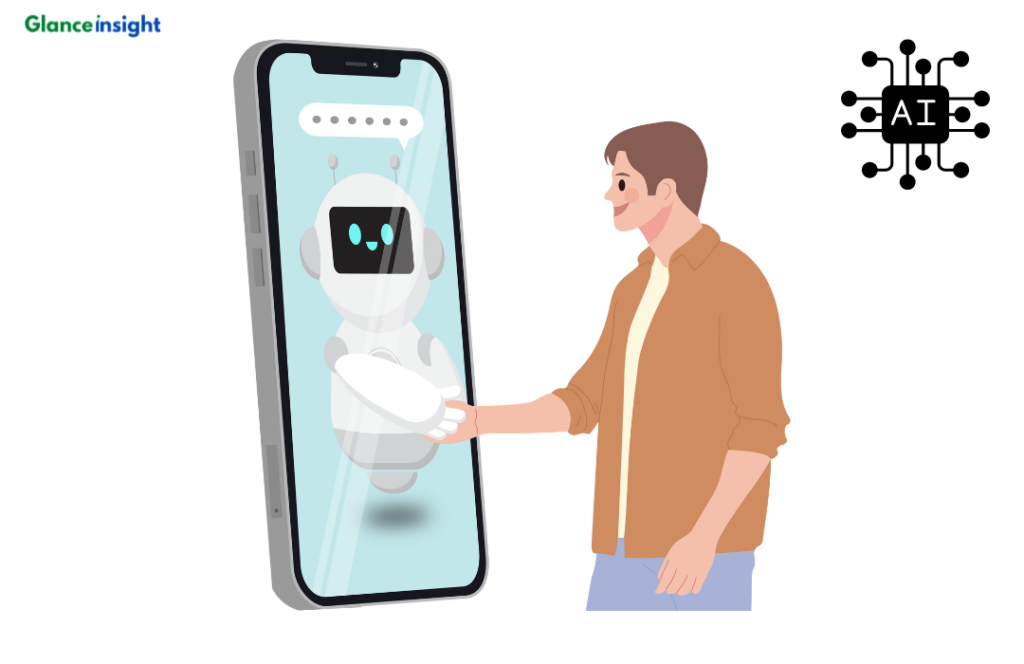Currently, artificial intelligence (AI) has been widely famous in the world of technology. It reduces the working time and creates new strategies; on the other hand, it also reduces the job.
What is artificial intelligence?

A.I stands for artificial intelligence, which is a branch of computer science that aims at developing computers that are intelligent in that they are able to solve problems tactically that humans would solve strategically. It consists of natural language processing and production; visual object recognition; planning; and reasoning.
AI is built on algorithms, which are tests to guide a computer through data and learning in a similar way to how humans think and are able to improve as time passes.
How Does AI Work?
| Step | Description |
| Data Collection and Input | AI systems start by gathering large amounts of data in various formats, including images, text, numbers, and audio. |
| Learning Process | Using machine learning (ML), AI learns from the data by identifying patterns and relationships within the content. |
| Training with Models | AI uses mathematical models to analyze information, predict outcomes, and minimize errors through repeated training. |
| Decision-making and Inference | Once trained, AI models generate predictions or make decisions when new data is analyzed. |
| Optimization and Feedback | Feedback mechanisms help AI systems refine their predictions and performance, making them more accurate over time. |
| Acting on Output | Based on the AI’s results, the system takes action, such as generating a response, controlling a device, or performing another task. |
Real-World Applications of AI
AI is making our lives easier and reducing the working times.
Speech Recognition: Like Siri or Alexa
Image Recognition: Starting with the ability to unlock your phone using your face to even GooglePhotos sorting out your photographs.
Translation Services: The internet translation tools, such as Google Translate, apply artificial intelligence to a means of reducing barriers to communication.
Predictive Analysis: Used for everything, from weather forecasts to stock market predictions.
Cybersecurity: AI systems work 24/7 to protect networks from cyber threats.
Benefits of Using AI
- Automation: The human can only take on mundane tasks while the AI can handle routine tasks in order to create time for the human to design.
- Accuracy: They minimize the impact of human factors when it comes to the processing and analysis of business data.
- Speed: AI is capable of analyzing information much more quickly than humans.
- Innovation: It’s increasing pace of innovation and development throughout different sectors.
How AI Gets Smarter?
AI learns in different ways:
- Supervised Learning: As learning with a tutor who supplies the correct solutions
- Unsupervised Learning: Similar to reasoning autonomously using the method of pattern identification
- Reinforcement Learning: A kind of learning that one acquires knowledge from mistakes made more or less like training a dog new tricks.
Pros and Cons of AI
| Pros | Cons |
|---|---|
| Accuracy in Detailed Tasks | High Costs |
| Efficiency in Data-Intensive Jobs | Algorithmic Bias |
| Increased Productivity | Job Displacement |
| Consistent Results | Security Risks |
| 24/7 Availability | Environmental Impact |
| Scalability | Legal Issues |
Conclusion
AI in the year 2024 becomes advanced; it comes with the capacity to solve difficult problems with huge volumes of data within a short span of time and with high precision This greatly assists and increases efficiency in businesses, health care and individuals. As AI imitates human rationality and learns from behavior, it repurposes workaday tasks and precedes the age of sophisticated automation and meaningful analytics.



